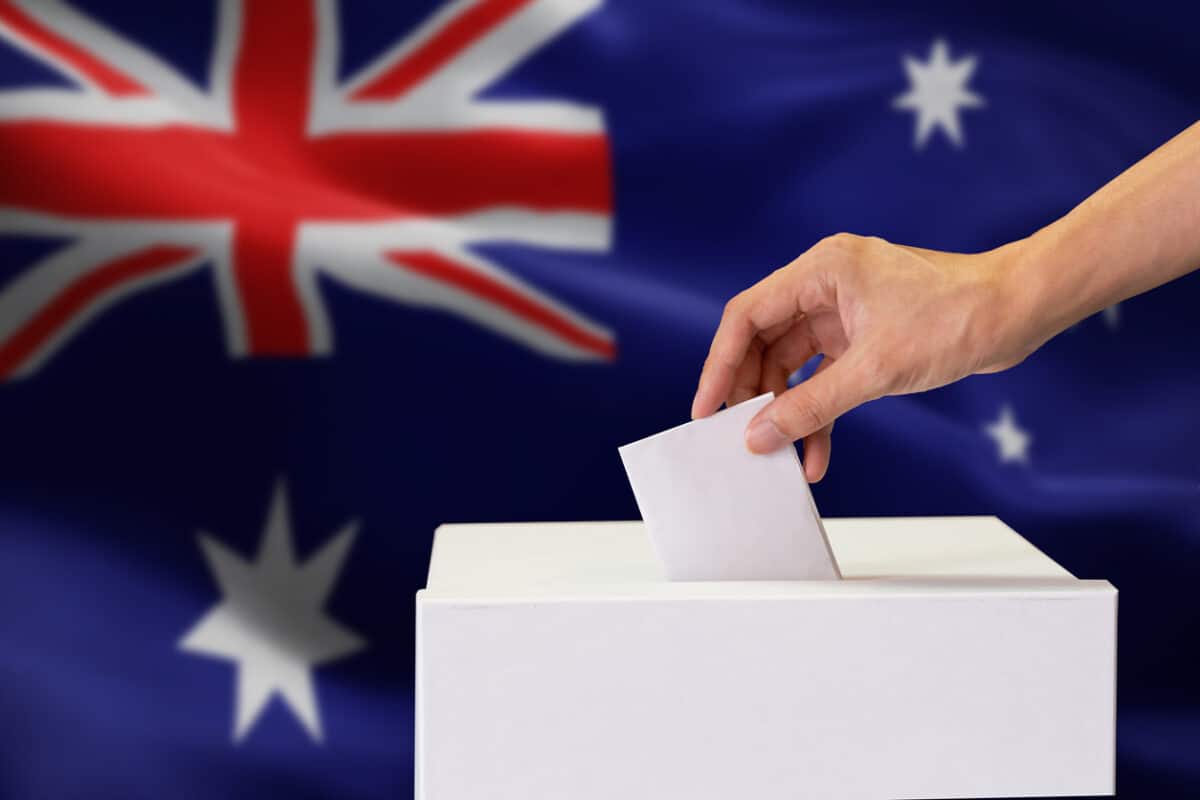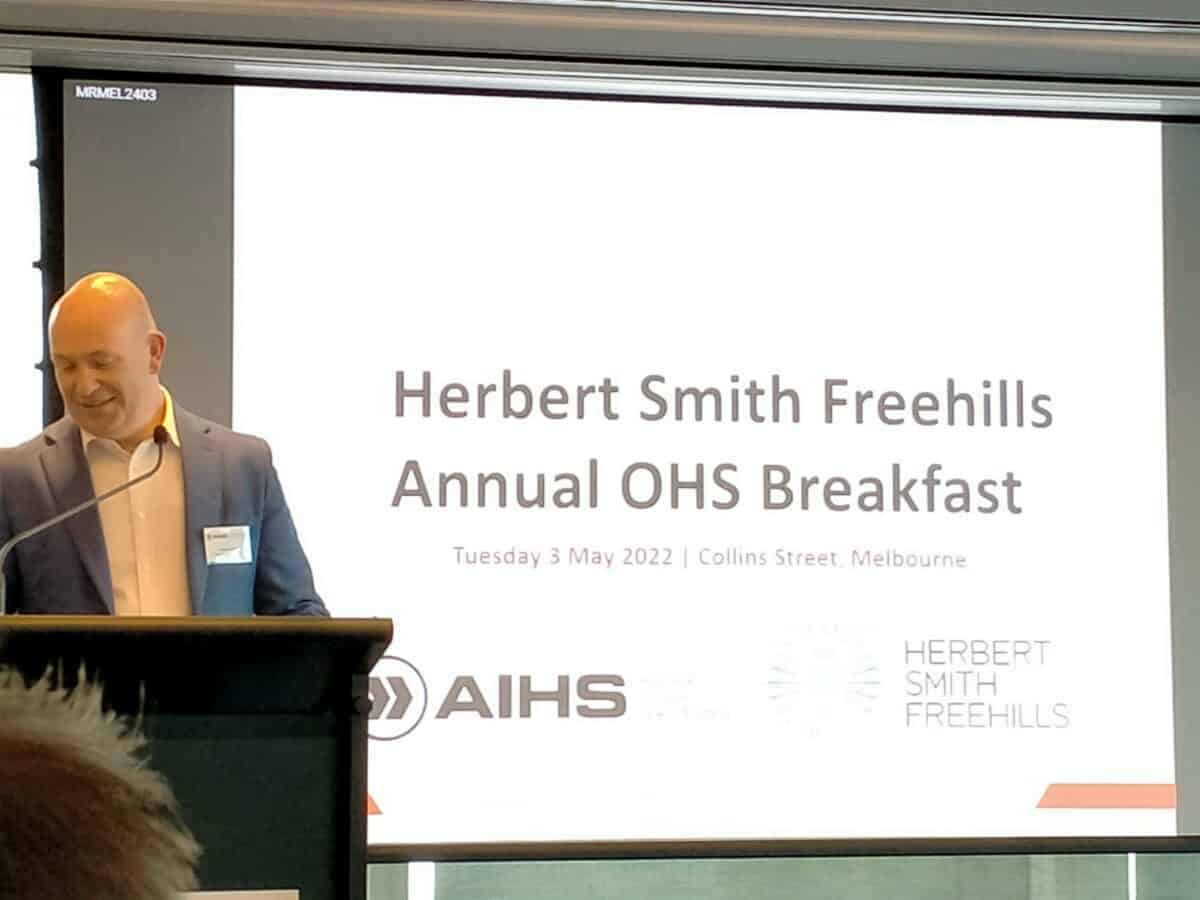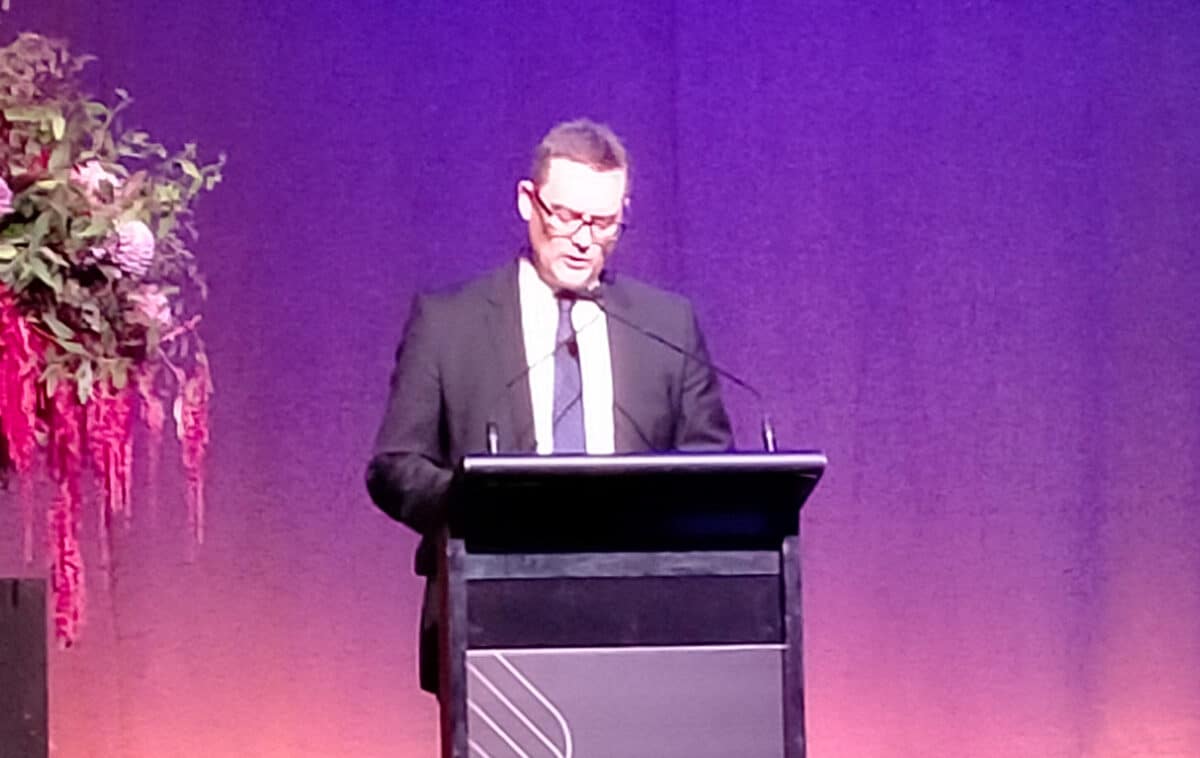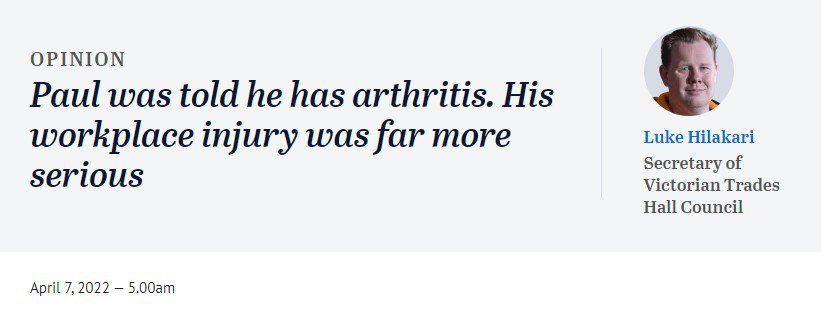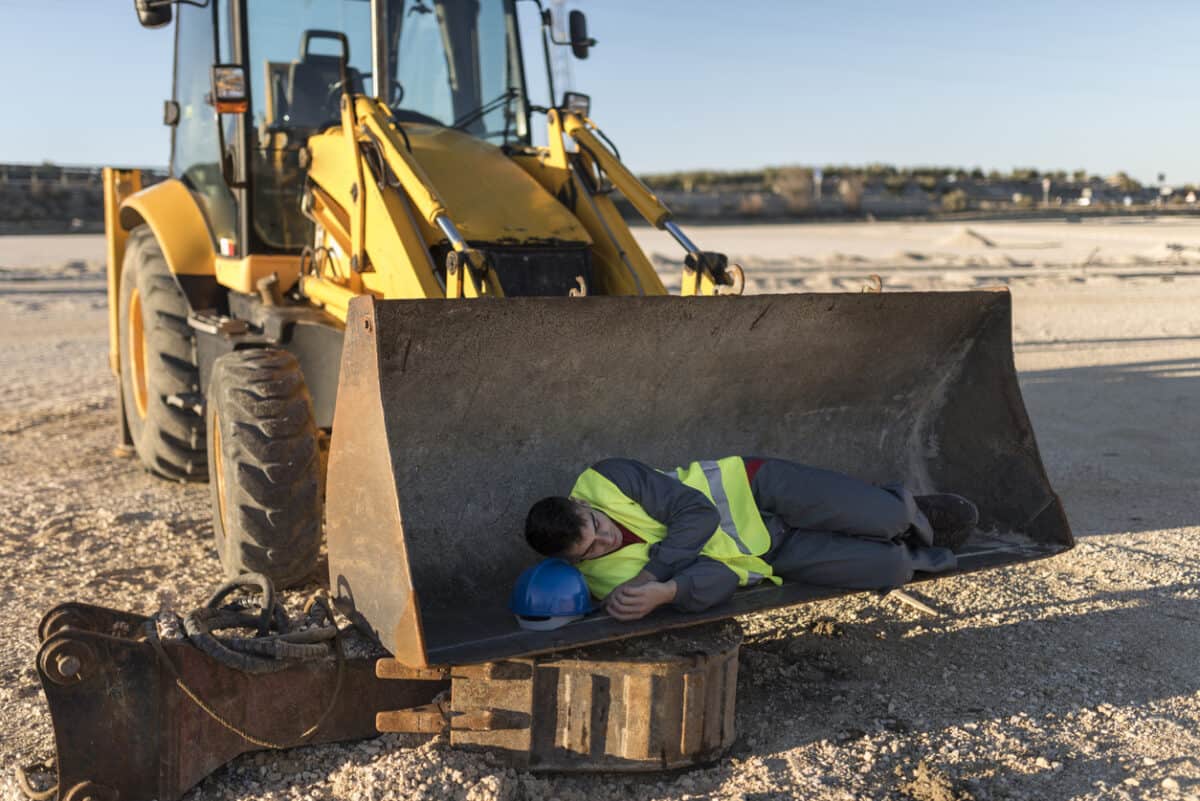The policy impacts of COVID-19 were missing from the recently concluded federal election campaign in Australia, but the coronavirus persists and continues to kill. Other than the issue of mandatory vaccinations, the occupational health and safety (OHS) context, outside of the health and emergency services sectors, has not been addressed since the initial SafeWork Australia guidance in March 2020.
The European Agency for Safety and Health at Work recently released a discussion paper on the “Impact of Long Covid on Workers and Workplaces and the Role of OSH”.


